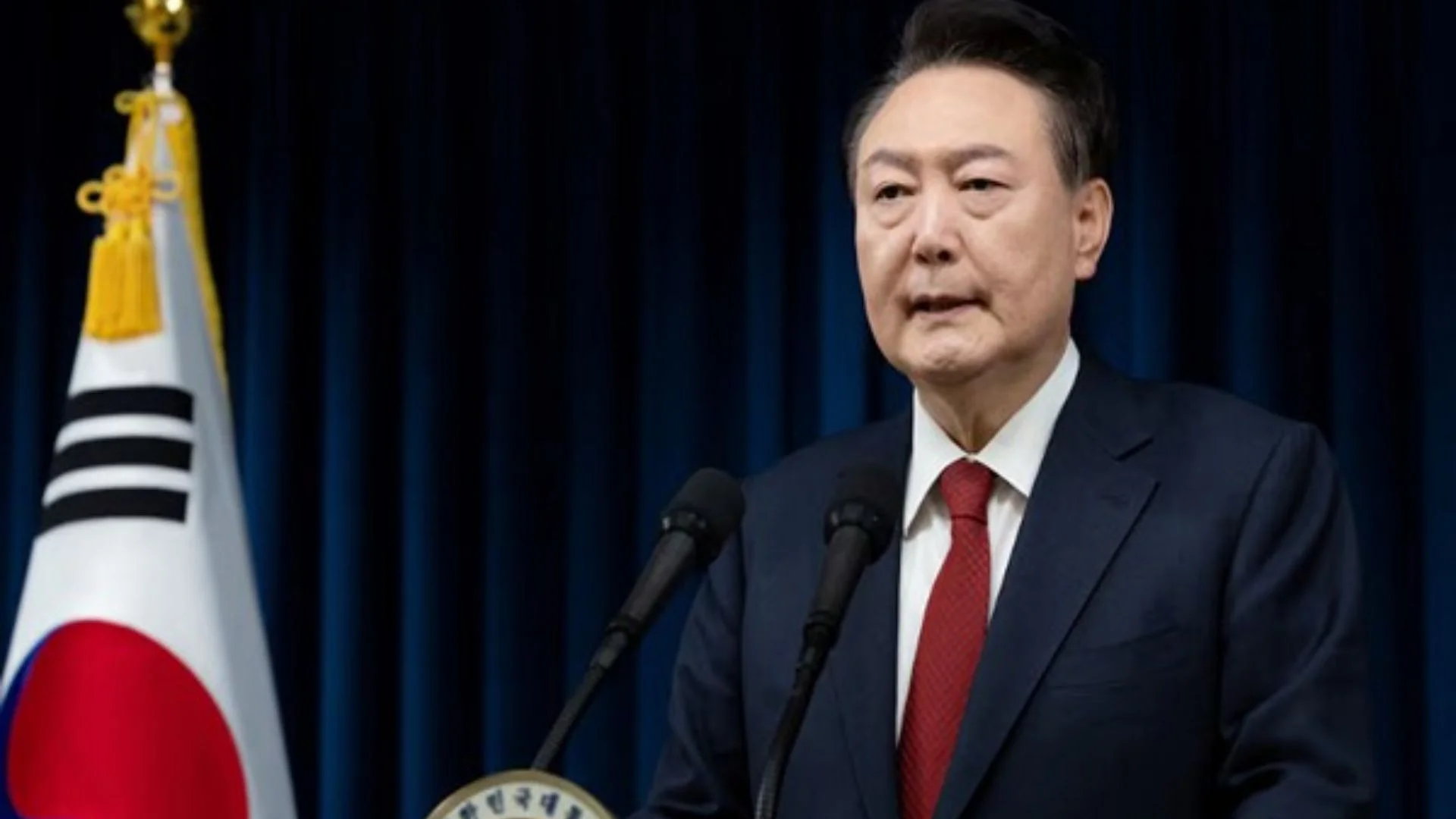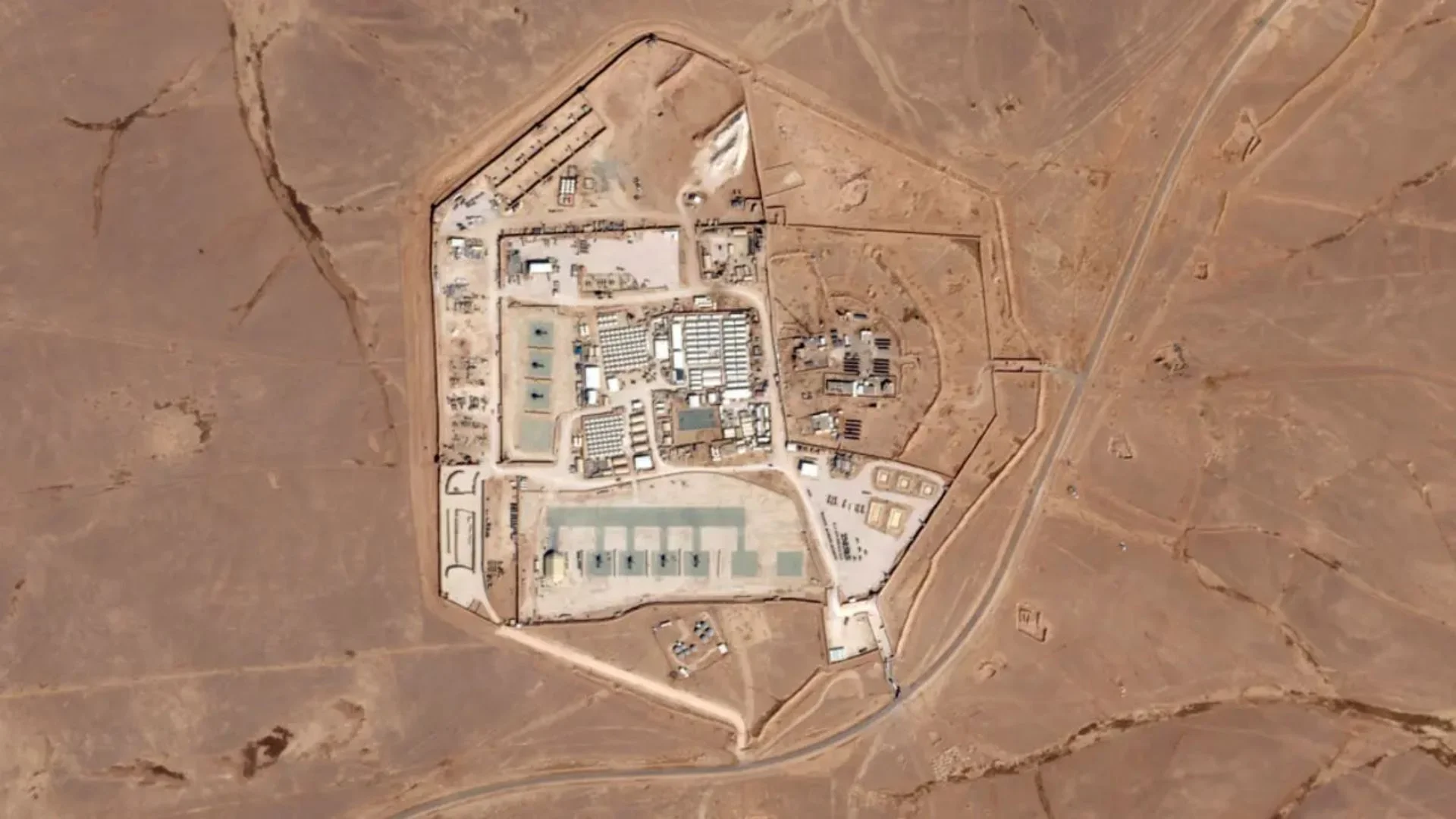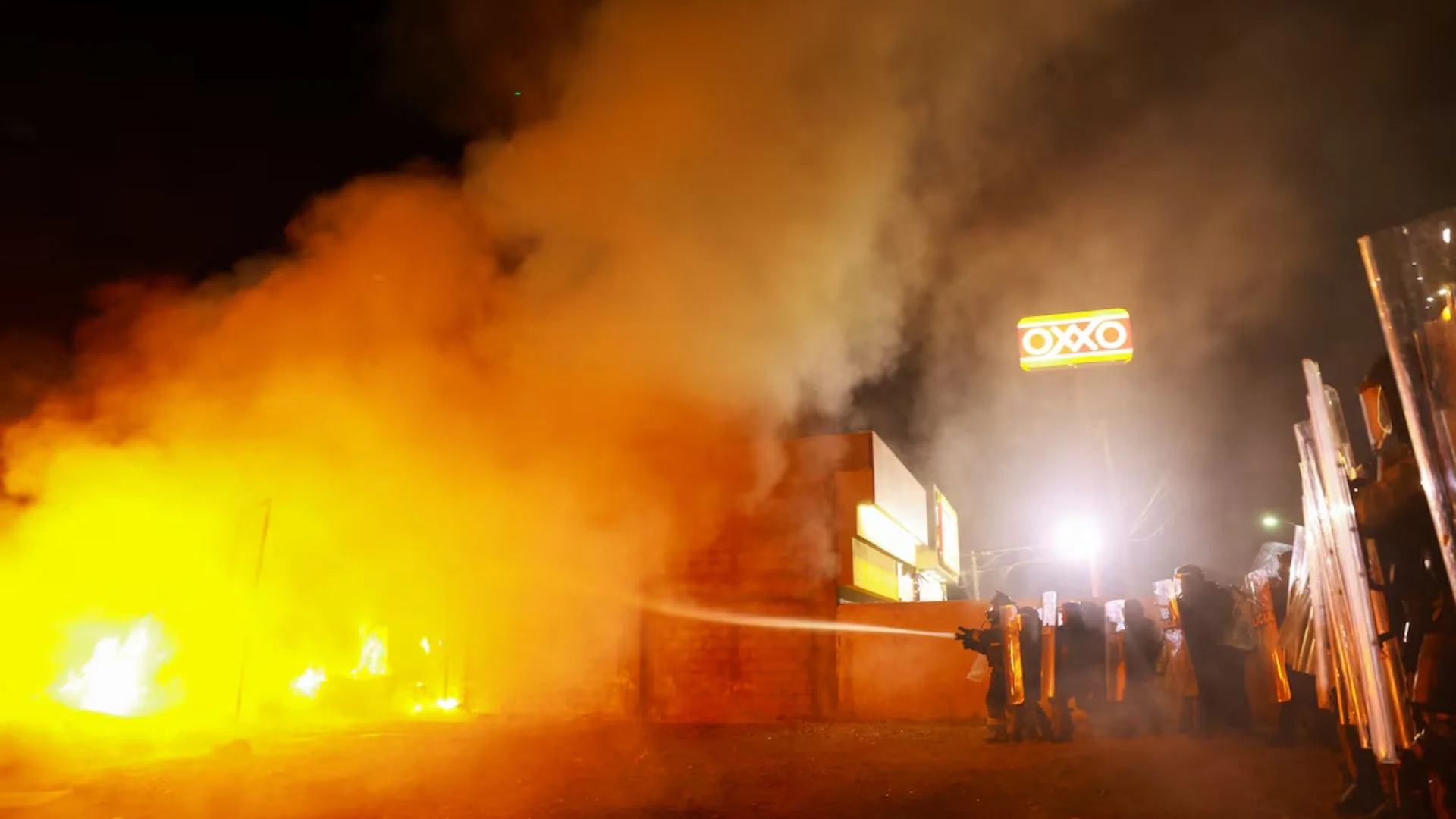When China abruptly ended zero-Covid measures in December, the country was unprepared for the massive surge of cases. Hospitals turned back ambulances, crematoriums burned bodies around the clock, and relatives transported dead loved ones to warehouses due to a lack of storage space.
Chinese state media claimed that the decision to open was based on “scientific analysis and shrewd calculation”, and was “by no means impulsive.” The Associated Press has found that it was too late. Instead, the reopening came suddenly at the start of winter, when the virus spreads most easily.
Many older people were not vaccinated, pharmacies lacked antivirals, and hospitals did not have enough supplies or staff—hundreds of thousands of deaths could have been avoided, according to academic modelling and more than 20 interviews with current and former Chinese Centres for Disease Control and Prevention staff, experts, and government advisers, as well as internal reports and instructions obtained by the AP.
“If they had a real plan to get out beforehand, a lot of things could have been avoided,” said Zhang Zuo-feng, an epidemiologist at the University of California, Los Angeles. «Many deaths could have been prevented.»
For two years, China stood by its tough but successful containment of the virus, credited with saving millions of lives as other countries grappled with stop-and-start lockdowns. But with the emergence of the highly contagious Omicron variant in late 2021, many of China›s top medical experts and officials were worried about zero-Covid.
In late 2021, China›s leaders began discussions on how to lift the ban. In early March 2022, top medical experts presented detailed proposals to the State Council, China›s cabinet, to prepare for a gradual exit.
But the discussion cooled off after an outbreak in Shanghai that same month, which prompted Chinese leader Xi Jinping to lock down the city. Zero-Covid had become a matter of national pride, and tight controls on speech under Xi made scientists reluctant to speak out against the party line.
By the time the Shanghai outbreak was under control, China was months away from the 20th Party Congress, the country›s most important political meeting in a decade, making it difficult to reopen politically. So the country stuck to mass testing and quarantining millions of people, even as Omicron avoided increasingly stringent controls.
The unrest boiled over with demonstrations, factory riots, and closed businesses. The pressure mounted until officials suddenly buckled, allowing the virus to spread through the country without warning—and with deadly results.
Experts estimate that China›s COVID wave may have killed hundreds of thousands, perhaps even more—far higher than the official toll of less than 90,000 but still a significantly lower death rate than the United States and Europe.
However, 200,000 to 300,000 deaths could have been prevented if the country had been better stocked with vaccinations and antivirals, according to modelling and scientific estimates by the University of Hong Kong. Some scientists believe that even more lives could have been saved.
A China CDC official declined to speak openly on the sensitive matter, saying it was «not a good public health decision.» «It›s absolutely bad timing… It was not a ready start.»
















